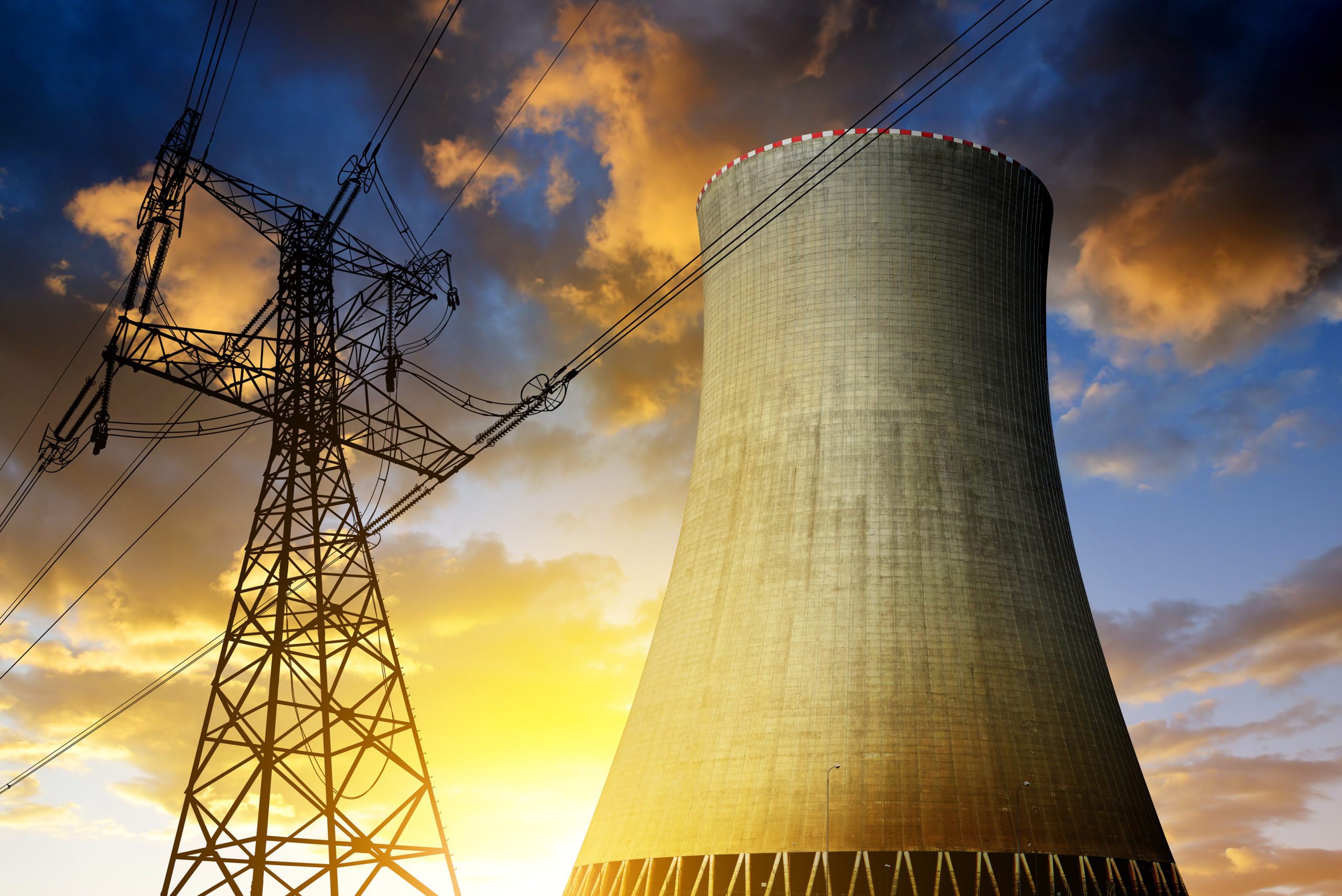Kenya Nuclear Power Plant is yet to be developed as the country has laid out its plans of constructing its first nuclear power plant in the year 2027 in an aim of diversifying energy generation amid the increased demand and push to achieve zero-carbon energy. According to the acting CEO of the Nuclear Power and Energy Agency (NuPEA), Justus Wabuyabo, they have set up plans to float international tenders for the construction works of the project which will be located either in Kilifi or Kwale county.
Kenya is committed in developing the nuclear power plant due to the rapid increase in the demand of electricity the country as it angles to becoming a middle-income economy by the time 2030 has reached.
Also read: What are the 5 captivating features of Kenya’s nuclear power initiative?
Kenya Nuclear Power Plant Capacity and Completion Date
The Kenya Nuclear Power Plant is expected to possess a potential capacity of around 1,000 Megawatts. This move comes about as a result of the approval that Kenya received from the International Atomic Energy Agency (IAEA) in the year 2021 which permitted the country to proceed with establishing the infrastructure for the nuclear power plants. The bidding stage of the project will be conducted between the year 2026 and 2027 and the construction works will kick off in the year 2027. The construction works will be carried out in a period of 6 to 10 years thus making the commissioning of the first plant in the country to be in the year 2034-2035.
Currently, very detailed scientific studies about the project are being conducted according to regulations of International Atomic Energy Agency like seismic tests in the ideal selected sites for the construction of the nuclear power plant. If successfully executed, the project will be very instrumental in boosting the electricity supply in the country thus leading to a significant reduction in the dependence on dirty thermal plants located in the region.

